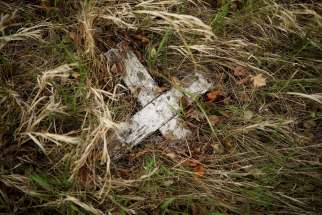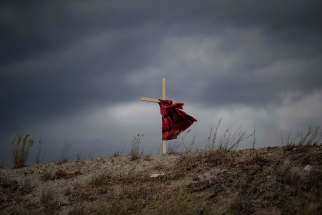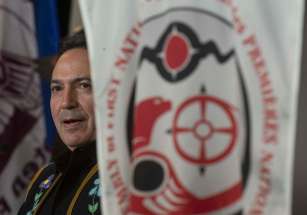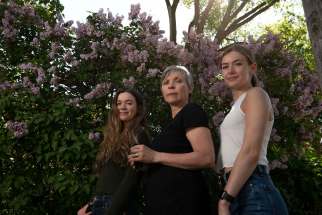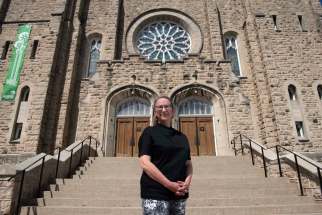Unmarked graves, undeniable crimes Calculated effort to conceal children's deaths at racist, abusive residential schools was genocide, period
Read this article for free:
or
Already have an account? Log in here »
To continue reading, please subscribe:
Monthly Digital Subscription
$0 for the first 4 weeks*
- Enjoy unlimited reading on winnipegfreepress.com
- Read the E-Edition, our digital replica newspaper
- Access News Break, our award-winning app
- Play interactive puzzles
*No charge for 4 weeks then price increases to the regular rate of $19.00 plus GST every four weeks. Offer available to new and qualified returning subscribers only. Cancel any time.
Monthly Digital Subscription
$4.75/week*
- Enjoy unlimited reading on winnipegfreepress.com
- Read the E-Edition, our digital replica newspaper
- Access News Break, our award-winning app
- Play interactive puzzles
*Billed as $19 plus GST every four weeks. Cancel any time.
To continue reading, please subscribe:
Add Free Press access to your Brandon Sun subscription for only an additional
$1 for the first 4 weeks*
*Your next subscription payment will increase by $1.00 and you will be charged $16.99 plus GST for four weeks. After four weeks, your payment will increase to $23.99 plus GST every four weeks.
Read unlimited articles for free today:
or
Already have an account? Log in here »
Hey there, time traveller!
This article was published 04/06/2021 (1648 days ago), so information in it may no longer be current.
Call in the deniers.
In the wake of the horrifying discovery of 215 unmarked graves at the former site of the Kamloops Indian Residential School, Canadians are once again being forced to confront our country’s capacity for evil.
For the next few months, Canadians will dutifully debate the meaning of these graves and the intent of the people who dug the holes. Some will hold up these dead and forgotten children as evidence of a genocide; others will do everything they can to deny that label.
What has been unearthed on the Tk’emlúps te Secwépemc First Nation near the school building, which still stands today, is not just a sorry chapter of Canadian history. It is the ugly, unmistakable hallmark of a genocide.
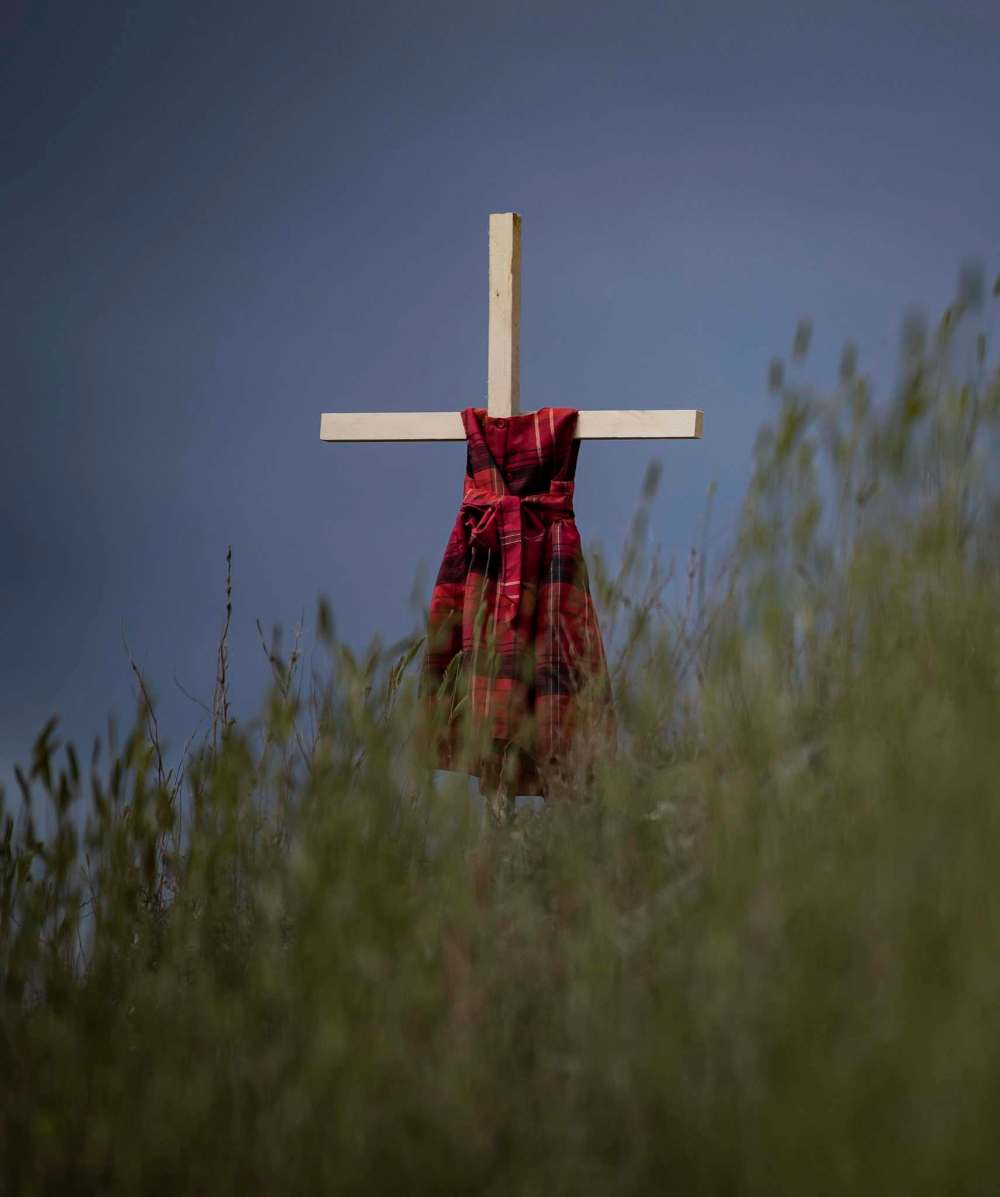
Not all Canadians will see it that way. In fact, previous attempts to characterize the residential schools program as a genocide have been met with a range of reactions, from incredulity to outright hostility.
The 2015 Truth and Reconciliation Commission labelled the residential school program as a “cultural genocide,” an attempt to erase Indigenous culture through education. However, former senator Murray Sinclair, who chaired that commission, also documented the thousands of lives that were lost in those schools. He pleaded with governments to “get to the bottom of what really happened to the many children who disappeared into unmarked graves.”
The TRC report prompted retired University of Manitoba professors Rodney Clifton and Hymie Rubenstein to write an article for the National Post that disputed Sinclair’s attempt to characterize the residential school system as a genocide or refer to the former students as “survivors.”
The two academics called Sinclair’s report “libel” that “denigrated” the people who worked within the residential school system and who did not participate in the abuse. Clifton and Rubenstein were patently unaware that in questioning the awful truth Sinclair had unearthed, they were indulging in the last and most critical stage of a genocide.
Denial.
Genocide Watch, an international non-profit organization dedicated to research advocacy, lists 10 stages of a genocide, from classification and discrimination all the way down to persecution, extermination and, ultimately, denial. It is the logical last step: an attempt to cover up or reclassify an atrocity to diminish its importance or erase it from all memory.
Some Canadians may find that improbable. How could something so shocking be covered up or erased from history? We need need only look at the reckoning in the United States over the 100-year anniversary of the Tulsa Massacre.
On May 31 and June 1, 1921, white rioters invaded “Black Wall Street” — a 35-block section of Tulsa teeming with black-owned businesses and homes — and burned it to the ground. An official death count has never been confirmed, but it is believed up to 800 African Americans were injured and as many as 300 died.
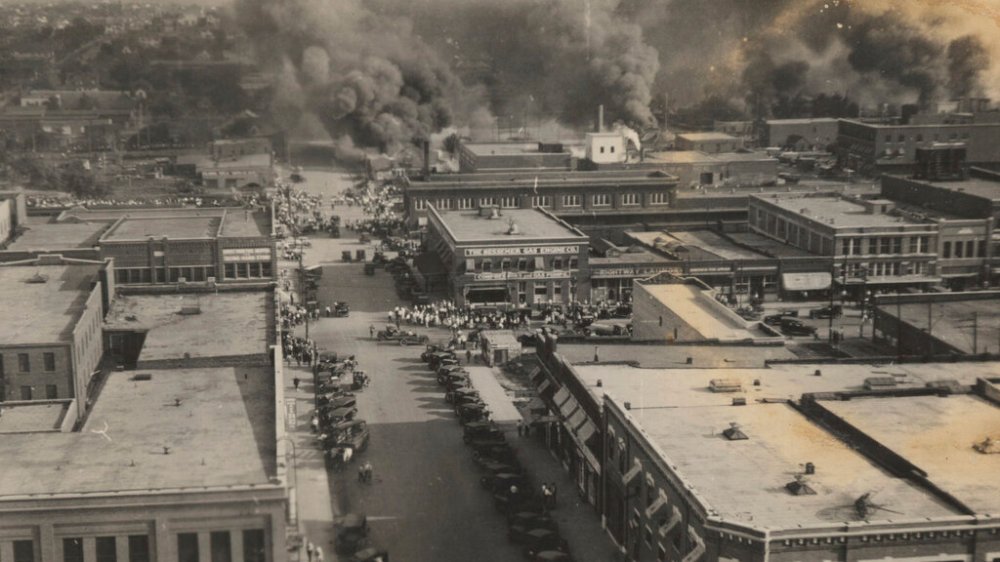
What makes the Tulsa massacre so compelling is not just the cold-blooded violence, but how completely federal, state and local governments hid the massacre from successive generations of Americans.
The Tulsa massacre was largely excluded from history courses at primary, secondary and even post-secondary institutions. Whenever it did come up, the agents of denial moved quickly to reclassify it as the “Tulsa race war,” a fight between Black and white Tulsans, rather than a pre-meditated attack.
By their own admission, most Americans learned what really happened only in the late 1990s, when Oklahoma struck the 1921 Tulsa Race Riot Commission. Despite adopting the name used by deniers, the report that came out in 2001 did represent a relatively unvarnished description of the events.
Of particular note to Canadians, one of the defining facts revealed by the commission was that many of the Black victims “were (buried) in unmarked graves in a city-owned cemetery and others were hauled off to unknown places in full view of the National Guard.”
The families of the victims and their descendants had always maintained their loved ones were buried quickly and anonymously to cover up the violent events of the massacre. It took only 80 years for the rest of the country to acknowledge what some had always known.
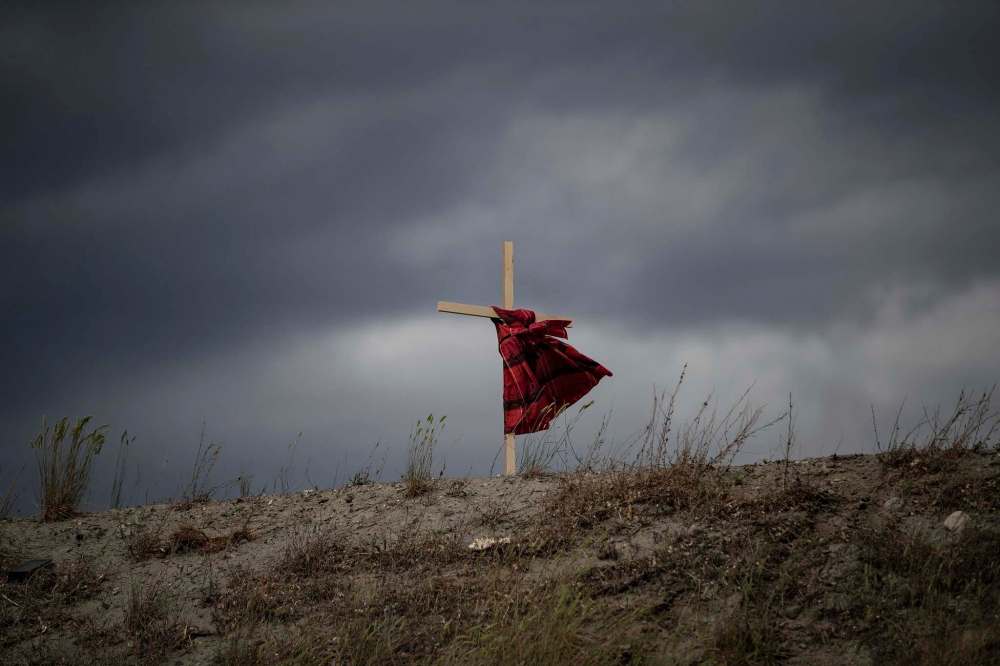
Back in Canada, the federal government has agreed to fund a broader investigation of former residential school sites to identify additional unmarked graves. There can be little doubt that by the time that process is completed, we will be mourning considerably more than 215 lost children.
When that happens, and before you make up your mind about what label to attach to these atrocities, consider the following.
It has been argued the bodies of children were buried in unmarked graves because it was too costly to return them to their home communities. That disgraceful admission fails to answer several other important questions.
Why didn’t the schools mark the graves? Why weren’t families notified of the deaths? Why weren’t the graves preserved after the schools closed? Why were no official records kept of the dates and causes of their deaths?
This was not an act born of practicality. This was a cold, calculated effort to hide the bodies and conceal the horrid living conditions, systemic racism and sexual violence that defined many of the schools.
When you kill someone, hide the body in an unmarked grave and don’t tell anyone about it, it’s murder.
When you do it to the children of an entire people, it’s genocide.
dan.lett@freepress.mb.ca

Born and raised in and around Toronto, Dan Lett came to Winnipeg in 1986, less than a year out of journalism school with a lifelong dream to be a newspaper reporter.
Our newsroom depends on a growing audience of readers to power our journalism. If you are not a paid reader, please consider becoming a subscriber.
Our newsroom depends on its audience of readers to power our journalism. Thank you for your support.








